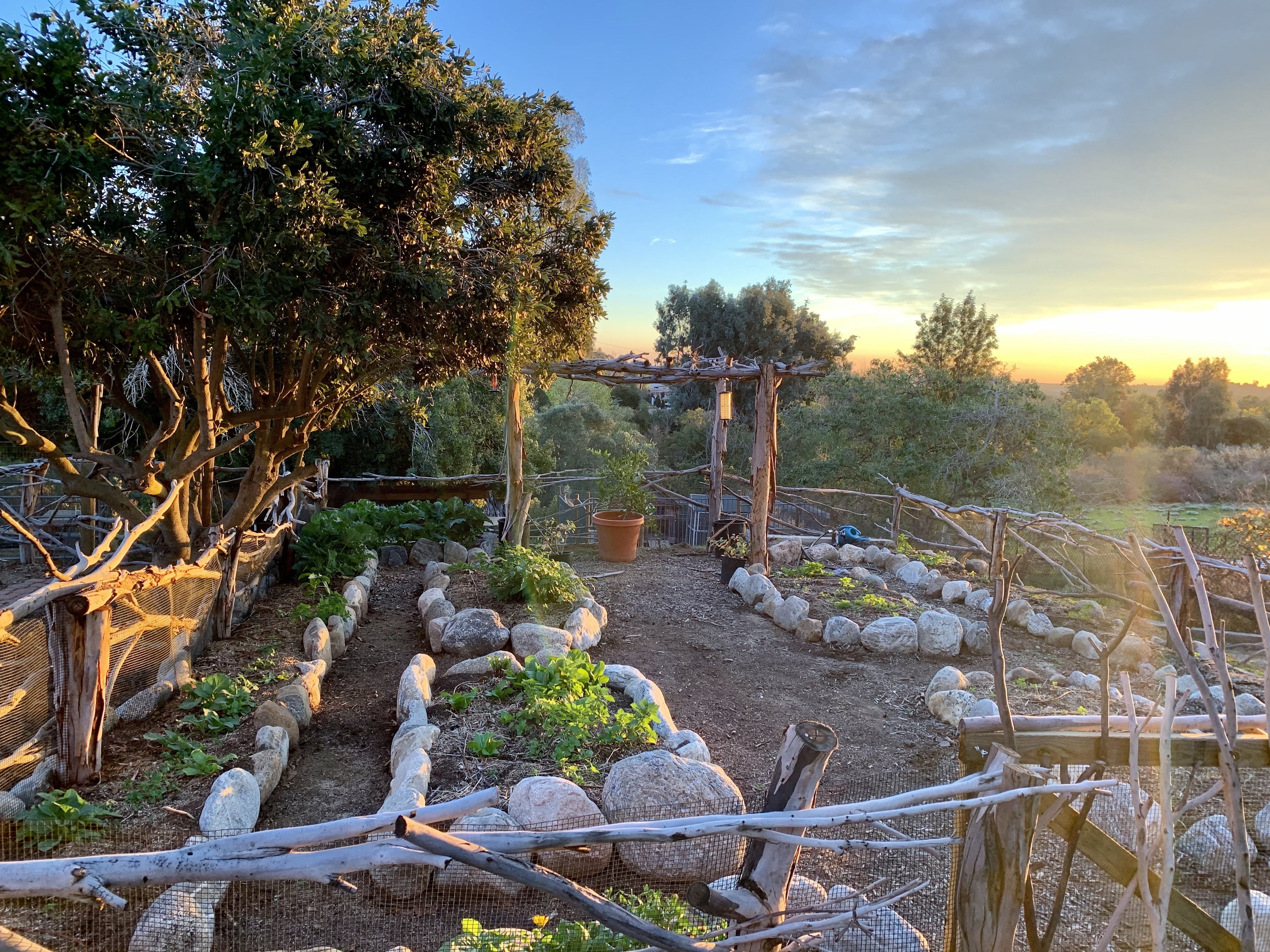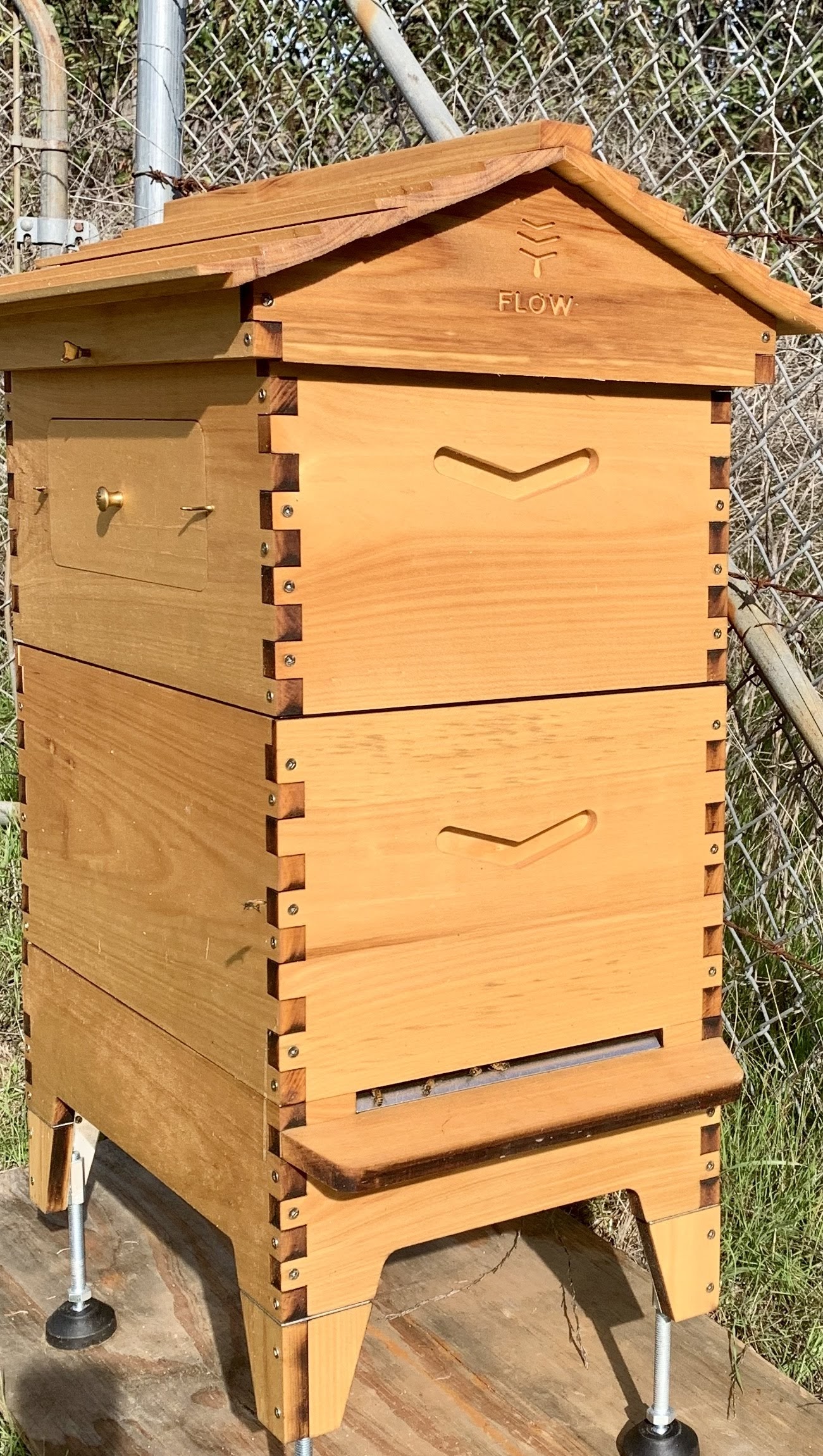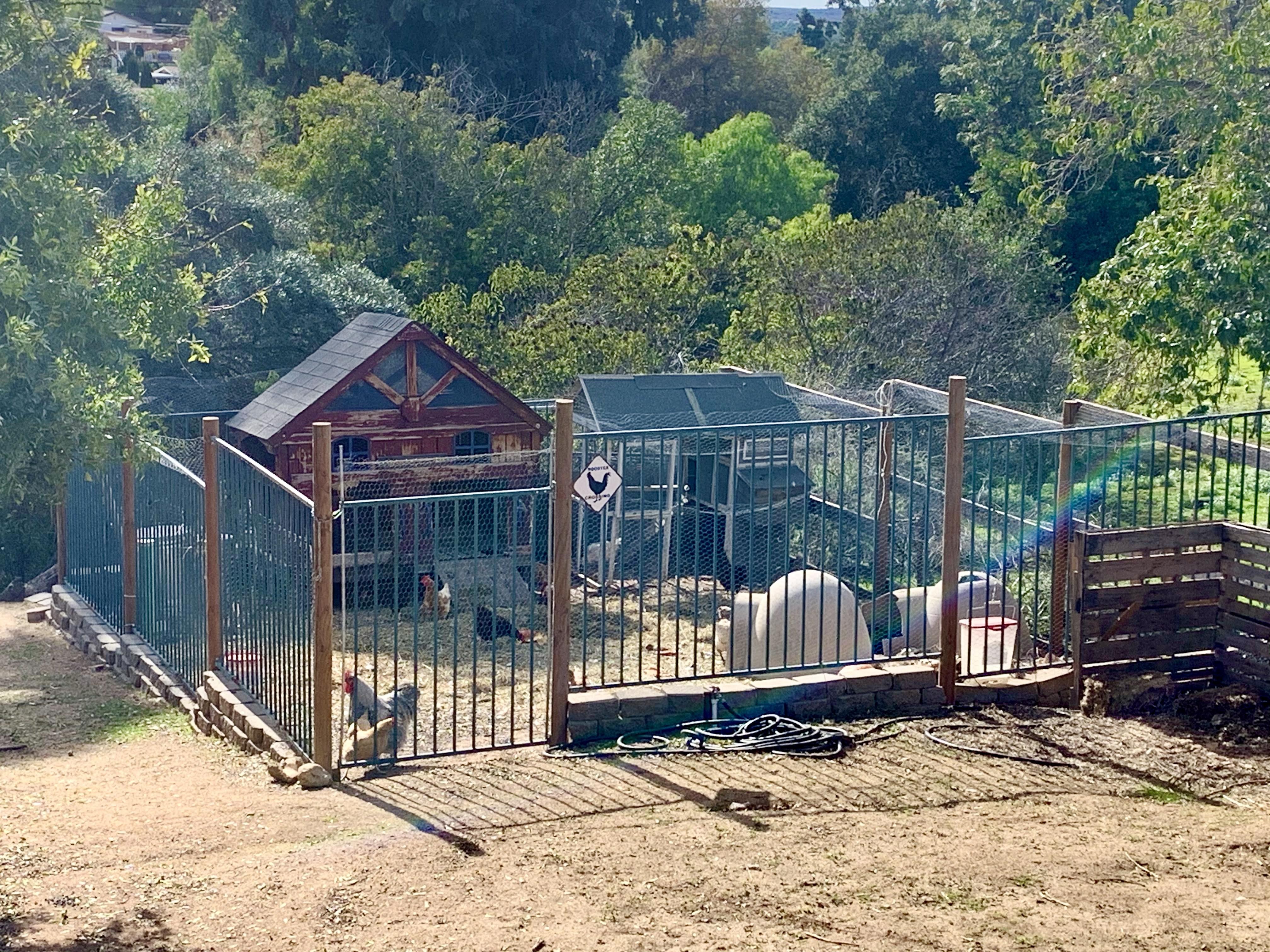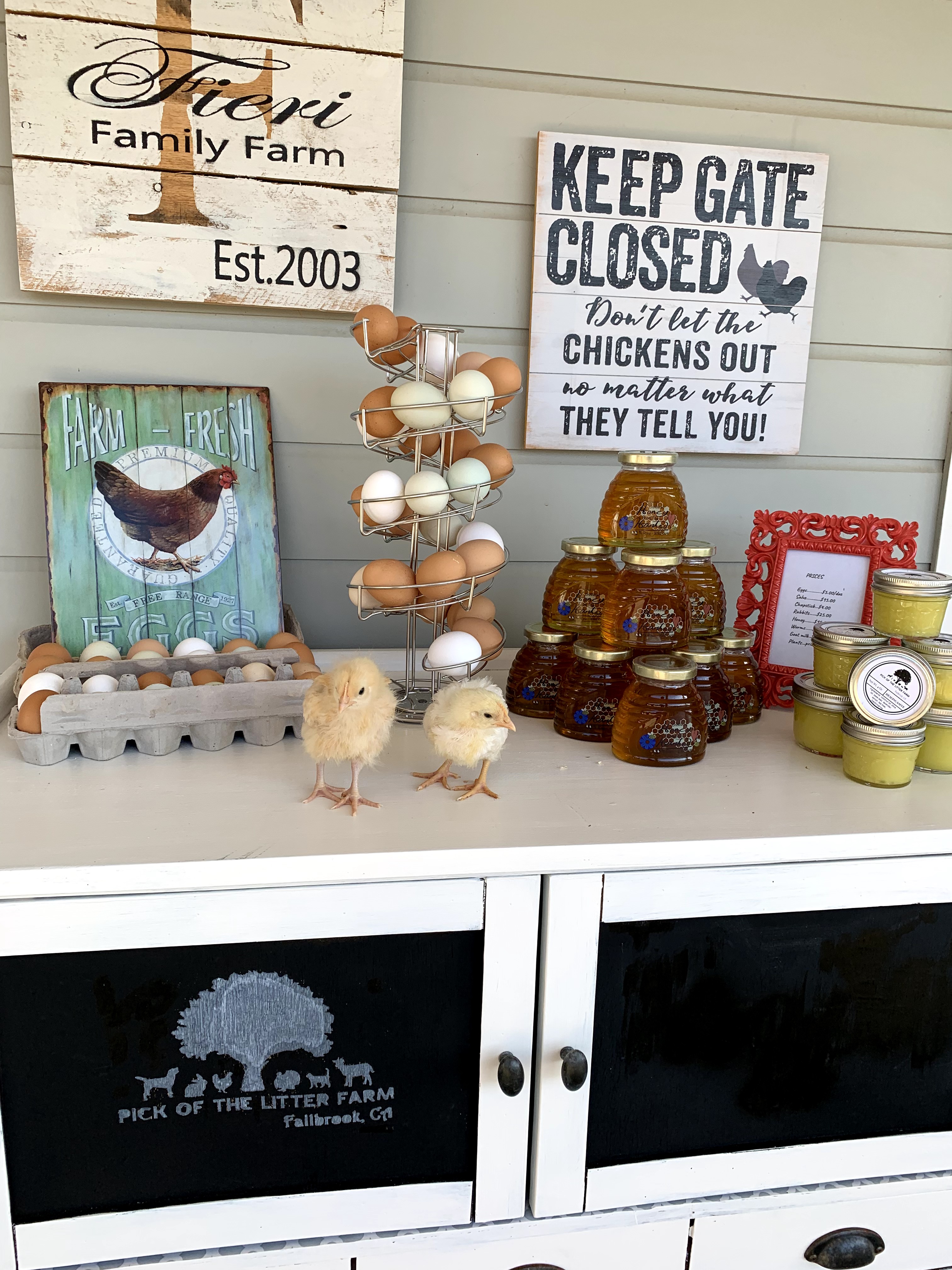Creating a Backyard Homestead
- Twin Creeks Farm

- Jan 9, 2020
- 4 min read
How much farm life can we fit in a backyard? Having a small space doesn't mean you can't grow your own food source. We utilize every inch of our yard where we raise; goats, rabbits, chickens, turkeys, ducks, bees, worms, fish, and a garden complete with fruit trees, vegetables, herbs, flowers, and macadamia nuts. Come see how we turned our backyard into a homestead on a tight budget.
We began our quest at creating a backyard homestead with the goal of making it efficiently sustainable as possible. We wanted to make sure we weren't hemorrhaging money into a hobby that was going to end up taking all of our free time. Since neither one of us was raised in the farm life, we dove into research on how to make this dream come true. We read many books, with our favorite one being, "The Backyard Homestead" by Carleen Madigan where you can find plenty of information on how to use the most out of your space.

We spent hours watching YouTube videos, we joined our local 4H, and we joined Instagram where we learned a wealth of information from fellow homesteaders.
We were ready to get started so we did what all rookies do. We bought the animals first, and then tried to quickly build a home for them. I don't recommend doing it this way unless you like to build, tear down, and rebuild again. We broke our first rule of being efficient but learned a valuable lesson.
Let's have a walk through our backyard.

We started with our swim pond. This was by far our biggest expense as we went all in for it. After spending years researching how to build one, we chose to hire a company to build it for us. Forget that part about the budget I mentioned. We now have a fresh water source stocked with Tilapia, gold fish, turtles, and frogs have found their way to it. We spend our summers swimming in it, and enjoy the natural beauty year round, sitting together while watching the sunrises and sunsets.
The next stop on our walk is to our garden.

The pond and the garden were both Anthony's vision. He created the beautiful natural look to add to our backyard. We needed to remove Eucalyptus trees from our yard so we cut them down and built the fences,gates,and trellis with the wood. You can watch the recap on our youtube: https://youtu.be/vZBz-_USr34 . We wanted to make sure when building the garden beds, they would last so we used boulders to line the bed. We spent many nights coming up with different drawings of how we were going to design the garden and this one seemed to be the most efficient and organized. Our garden is nourished with worm tea and the water is supplemented with pond water. We have beds full of soup ingredients, salsa, salad, berries for jam, and lots of herbs and pollinators. If you have the space, you can grow extra veggies and sell at a local farmers market.
The bees love the garden as much as we do.

Raising bees is an easy addition to a small space. They don't require acres to roam in and they will help pollinate your garden. Selling honey is another way to bring in a little extra cash.

Now we will walk to my favorite part of the yard; the animals! We currently have goats, rabbits, chickens, and bees. I say currently because we all know that adding animals is inevitable.


The goat corral was made mostly with fencing given to us, materials we recycled from our yard, and cheap finds from Craigslist. It isn't fancy but it works. I do have dreams of a beautiful goat barn but that will come in time. We milk our goats on a milk stand we found for free that just needed a few fixes. We chose to raise Nigerian Dwarf goats due to their smaller size, great personalities, quite temperament, and high butterfat in their milk. We use their milk for our consumption, and we make goat milk soap and goat milk lotion that we sell. Our kids show the goats at the local fairs.

We breed and raise Californian and New Zealand meat rabbits. Rabbits are an excellent source of environmentally friendly meat. One doe can produce over 300 pounds of meat a year. Their lean meat, quick grow out, and reproducibility makes for a great homestead choice on limited space. Their manure is used in our garden and works as a fantastic fertilizer.

Our chicken coops were purchased off Craigslist, one was a playhouse that we converted into a coop. The fencing was given to us by a friend who was replacing his and needed to discard these panels. Our chicken population is always growing. They were the first animal we purchased which makes them the gateway drug to homesteading. They are hard workers who roam around the yard scratching and pecking away. They love to hang out under the rabbit cages where they help us turn the soil into magical compost. We also have a compost bin right outside the chicken coop where the goat and rabbit waste go for the chickens to enjoy and we have a kitchen waste compost as well as a worm bin that the rest of our food waste goes to and gets turned into black gold (worm tea). We also raise turkey's and ducks for meat for our family and to sell.

We set up a small farm stand on our front porch. I guess it would be more accurate to call it a porch stand. We sell our eggs, honey, soap, lotion, and salve.


Selling our products helps pay for the feed for the animals. It's important to keep financial records so you know if an animal is more for enjoyment (the goats) or actually saving you money on your grocery bill. Initially, it's a big investment. We built everything over a 3 year period, finding inexpensive used supplies and doing the work ourselves. We hope over time, we will be able to produce a revenue from our small homestead. The most important part for us is knowing where our food is coming from. When our daughter became sick and was diagnosed with multiple food allergies, we knew the safest way to feed her was to know the source from the beginning.







Comments